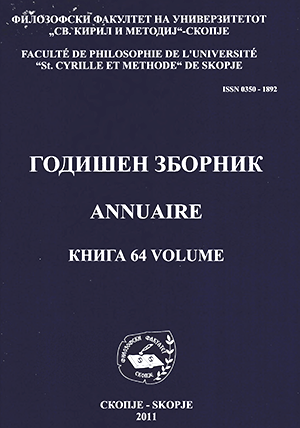DOUBLE-WAY EU STRATEGY OF ENLARGEMENT AND CIVILIAN CRISIS MANAGEMENT IN WESTERN BALKAN
DOI:
https://doi.org/10.37510/Keywords:
EU, WESTERN BALKANS, STRATEGIES, STABILISATION AND ASSOCIATION AGREEMENT, CRISIS MANAGEMENTAbstract
Following the successive wars in ex Yugoslavia through last decade of past century, the EU has changed it’s focus from prevention of armed conflicts toward sphere of justice and internal affairs. In engaging the countries of Western Balkan in achievement of their internal security goals, EU has developed the strategy of dual-track approach. Providing them with perspective of future membership, EU has initiated pre-accession process that aims not only in strengthening the cooperation in the sphere of JHA but also towards gradually transformation of these countries in to the full-pledged member states that are capable to participate in the European field of freedom, security and justice by themselves. The stabilization and association process was driven by strategy of governance by conditionality. The network governance is another instrument as a complement of the conditionality strategy. Moreover EU has deployed it's police and rule of law missions under ESDP in order of achieving the goal of internal security in those countries of Western Balkans where activities connected with JHA of Stabilization and association process were evaluated as insufficient. While police missions in Macedonia and Bosnia and Herzegovina has enforced activities of regards HJA, the ESDP rule of law mission in Kosovo was replacement for EU enlargement dimension. In sum, it could be presented that EU cooperation in justice and internal affairs in these countries has become one of driving forces of overall external political engagement in the region.
Downloads
Published
Issue
Section
License
Copyright (c) 2011 Sergej Cvetkovski

This work is licensed under a Creative Commons Attribution 4.0 International License.





